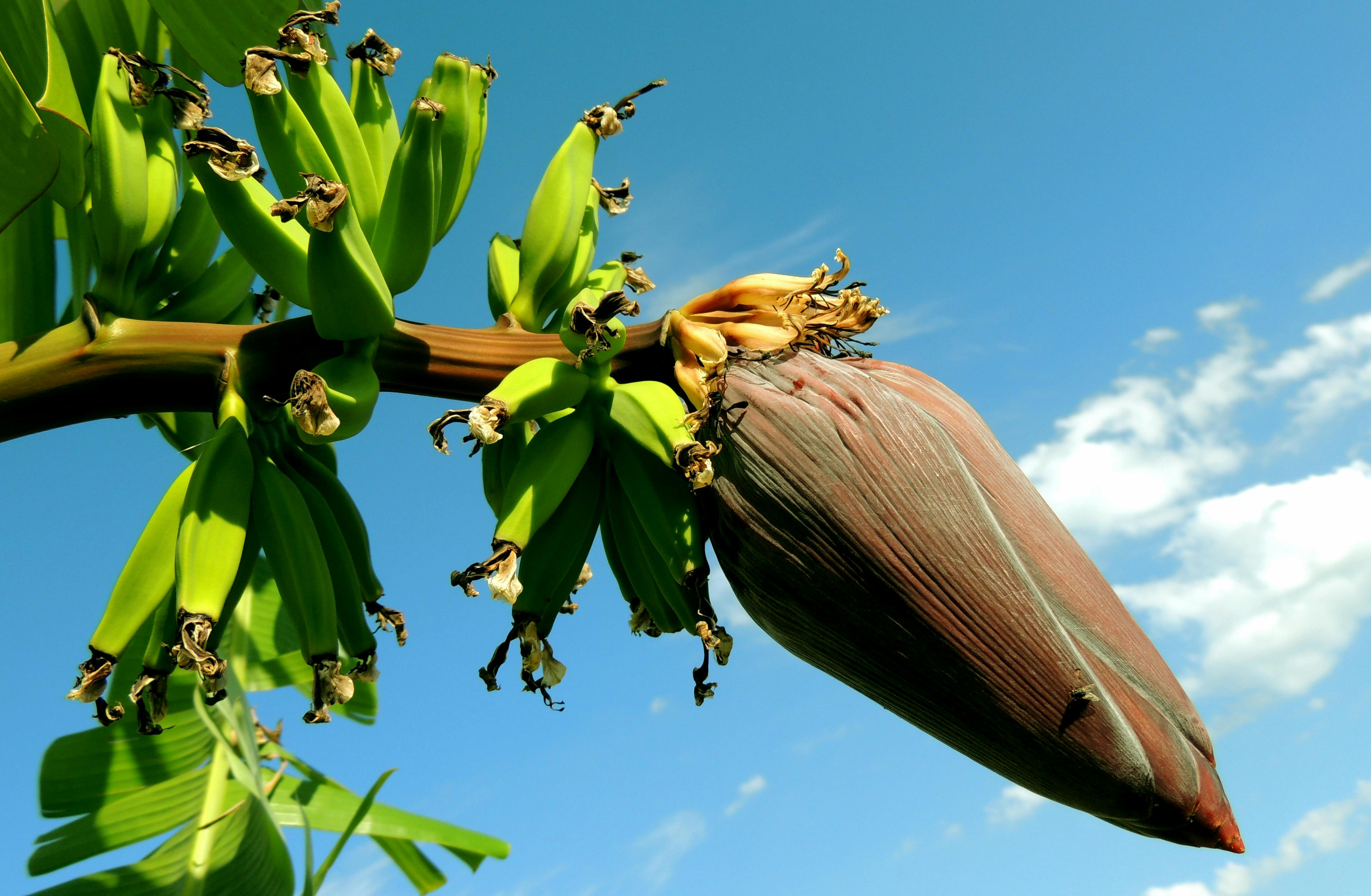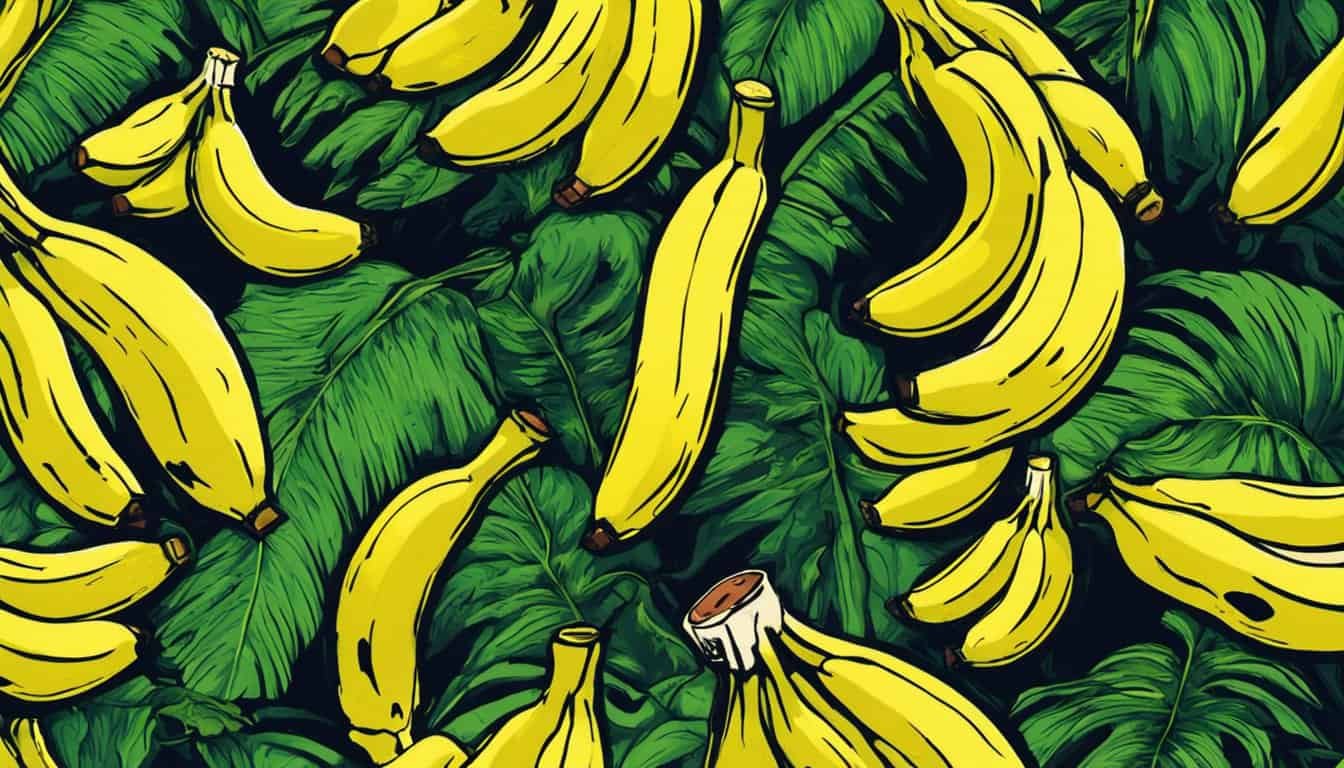Key Takeaways
- Economic Significance of Bananas: Bananas contribute over 100 million metric tons annually, supporting more than 5 million jobs and representing a crucial export for countries like Ecuador.
- Climate Change Threatens Yields: Rising temperatures and unpredictable rainfall are causing up to a 20% decrease in banana yields, jeopardizing global supply.
- Increased Disease Vulnerability: Warmer climates exacerbate pests and diseases such as Panama disease and Black Sigatoka, weakening banana crop health and reducing fruit quality.
- Sustainable Farming Practices Essential: Implementing integrated pest management, agroforestry, and efficient irrigation systems can mitigate climate impacts and promote long-term productivity.
- Development of Resistant Varieties: Breeding and biotechnological advances are key to creating banana strains that withstand climate-induced stresses and disease pressures.
- Economic Consequences of Declining Production: Higher production costs and reduced exports may lead to increased banana prices and threaten the livelihoods of millions dependent on banana farming.

I’ve always loved bananas. They’re a staple in my morning smoothie and a favorite snack. But lately, I’ve been curious about how climate change is shaking things up for these beloved fruits.
As temperatures rise and weather patterns shift, banana crops are facing serious challenges. From increased pests to unpredictable rainfall, the effects are taking a toll on farmers and the availability of bananas in our stores. It’s a topic that’s closer to home than I realized, and I wanted to explore how our changing climate is impacting the bananas we enjoy every day.
Importance of Banana Crops
Bananas play a crucial role in the global economy. They account for over 100 million metric tons of production annually, supporting millions of farmers worldwide. In countries like Ecuador, bananas represent more than 30% of total exports, providing essential income for local communities.

Nutritionally, bananas are a staple in many diets. Each medium banana offers approximately 400 mg of potassium, 10 grams of fiber, and vitamin C. These nutrients contribute to heart health, digestive wellness, and immune function, making bananas a vital part of daily nutrition.
Bananas also ensure food security in tropical regions. They are a reliable source of calories, especially in areas prone to food shortages. Their ability to grow in diverse climates and their year-round availability make them indispensable for sustaining populations.
Moreover, banana plantations support biodiversity. They provide habitats for various species, promoting ecosystem stability. Sustainable banana farming practices enhance soil health and conserve water, benefiting the environment.
The cultural significance of bananas cannot be overlooked. In many societies, bananas are integral to traditional cuisines and festivals. They inspire countless recipes, from simple snacks to gourmet dishes, reflecting their versatility and popularity.
| Aspect | Impact |
|---|---|
| Economic Value | $15 billion annual global export |
| Nutritional Content | 400 mg potassium, 10 g fiber per banana |
| Employment | Supports over 5 million jobs worldwide |
| Production Volume | 100 million metric tons annually |
Bananas are more than just a popular fruit; they are a lifeline for economies, a cornerstone of nutrition, and a vital component of cultural heritage.
Climate Change Drivers Affecting Banana Production
Climate change impacts banana production through several key factors. Understanding these drivers is essential for developing effective mitigation strategies.
Rising Temperatures
Higher temperatures stress banana plants, reducing yields. Optimal growth occurs between 26-30°C; temperatures above 30°C lower fruit quality. Heat accelerates ripening, leading to premature spoilage. For instance, in Ecuador, average temperatures rose by 1.2°C over the past decade, correlating with a 15% decrease in banana yields.
Changing Precipitation Patterns
Unpredictable rainfall disrupts banana growth cycles. Excessive rain causes root diseases like Panama disease, while droughts limit water availability. Implementing adjustable irrigation systems helps farmers manage water use efficiently. In India, shifting monsoon patterns result in irregular banana production cycles, impacting market supply.
Impact on Banana Crop Health
Climate change impacts banana crop health in several significant ways. I’ve seen how these changes affect both growth and disease resistance in banana plants.
Growth and Yield Reduction
Rising temperatures stress banana plants, resulting in lower yields. For instance, a 1.2°C temperature increase in Ecuador caused a 15% yield decrease. Additionally, altered precipitation patterns disrupt growth cycles. Excessive rain leads to fruit drop, while drought conditions limit water availability, both reducing overall productivity.
Increased Vulnerability to Diseases

Warmer climates increase the prevalence of pests and diseases affecting banana crops. Panama disease spreads more rapidly with higher temperatures, threatening large plantations. Moreover, increased humidity from excessive rainfall creates ideal conditions for fungal infections like Black Sigatoka. These diseases weaken plant health and diminish fruit quality, exacerbating the challenges posed by climate change.
Mitigation and Adaptation Measures
Addressing climate change’s impact on banana crops involves implementing effective strategies. I focus on sustainable practices and developing resilient banana varieties to protect our beloved fruit.
Sustainable Farming Practices
Adopting sustainable farming practices ensures banana crops thrive despite climate challenges. Techniques include:
- Integrated Pest Management: Reduces pesticide use by combining biological controls and resistant varieties.
- Agroforestry: Incorporates trees into banana plantations, enhancing biodiversity and stabilizing microclimates.
- Efficient Irrigation Systems: Utilizes drip irrigation to conserve water and maintain consistent soil moisture.
- Soil Conservation: Practices like mulching and cover cropping prevent erosion and improve soil health.
These methods not only mitigate climate effects but also promote long-term productivity and environmental balance.
Developing Resistant Varieties
Breeding banana varieties resistant to pests and diseases strengthens crop resilience. I focus on:
- Genetic Research: Identifies traits that confer resistance to Panama disease and Black Sigatoka.
- Cross-Breeding Programs: Combines desirable traits from different banana strains to create robust hybrids.
- Biotechnological Advances: Uses gene editing to enhance resistance without compromising fruit quality.
- Field Trials: Tests new varieties in diverse climates to ensure adaptability and performance.
Resistant varieties ensure stable yields and secure livelihoods for farmers, even as climate conditions fluctuate.

Economic Consequences
« Fair Trade Bananas: Ensuring Worker Rights – 5 Ways Your Choice Makes a Difference
Innovation in Banana Agriculture: New Technologies Transform Farming and Boost Yields »
Climate change impacts banana production costs, supply chains, and market prices. I observe farmers incurring higher expenses managing pests and adapting irrigation systems. Lower yields lead to increased banana prices, affecting both consumers and market demand.
| Economic Metric | Current Status | Impact of Climate Change |
|---|---|---|
| Yield Reduction | 15% in Ecuador | Projected 20% by 2030 |
| Production Costs | $500 per hectare | Increase by 10% due to pest control and irrigation |
| Banana Prices | $1.20 per pound | Rise to $1.35 per pound as supply decreases |
| Export Contribution | 30% of Ecuador’s exports | Potential decline threatening national economy |
| Employment in Farming | 2 million jobs globally | Risk of job losses in banana-dependent communities |
Farmers’ incomes decline as their yields drop, threatening livelihoods in banana-dependent regions. In countries like Ecuador, bananas account for over 30% of total exports, making national economies vulnerable to production fluctuations. Supply chain disruptions cause market instability, affecting exporters and importers alike. Additionally, job losses in banana farming communities elevate poverty rates, emphasizing the need for sustainable practices and resilient crop varieties to secure economic stability.
Conclusion
Seeing how our favorite fruit is battling climate change really hits home for me. It makes me think about the bigger picture and how everything is connected. Supporting sustainable practices and being mindful of our choices can make a difference. I hope we all take a moment to appreciate bananas not just for their taste but for the hard work behind every bunch. Together we can help protect this essential crop and ensure it remains a staple in our lives for years to come.
Frequently Asked Questions
How does climate change affect banana production?
Climate change impacts banana production through rising temperatures, altered precipitation patterns, and increased prevalence of pests and diseases. Higher temperatures can reduce yields and fruit quality, while unpredictable rainfall can disrupt growth cycles and promote disease outbreaks like Panama disease and Black Sigatoka. These factors collectively threaten banana availability and the livelihoods of farmers worldwide.
Why are bananas important to the global economy?
Bananas are a major global commodity, with over 100 million metric tons produced annually. They support millions of farmers and contribute significantly to the economies of banana-exporting countries. For example, in Ecuador, bananas account for more than 30% of total exports, providing essential income for local communities and sustaining national economic stability.
What nutritional benefits do bananas offer?
Bananas are rich in potassium, fiber, and vitamin C, making them a staple in many diets. They provide essential nutrients that support heart health, aid digestion, and boost the immune system. Additionally, bananas are a convenient and portable snack, contributing to overall food security and nutritional well-being.
How does climate change impact banana farmers?
Climate change leads to increased production costs, lower yields, and supply chain disruptions. Rising temperatures and disease prevalence reduce fruit quality and quantity, while unpredictable weather patterns make farming more challenging. These factors can decrease farmers’ incomes and threaten their livelihoods, especially in banana-dependent regions.
What are the main challenges facing banana crops due to climate change?
The primary challenges include rising temperatures that stress banana plants, altered rainfall patterns causing excessive rain or droughts, and the increased prevalence of pests and diseases. These issues lead to reduced yields, lower fruit quality, and increased vulnerability of banana plantations, necessitating effective mitigation and adaptation strategies.
What strategies can mitigate the effects of climate change on banana crops?
Mitigation strategies include sustainable farming practices such as integrated pest management, agroforestry, efficient irrigation systems, and soil conservation techniques. Additionally, developing resilient banana varieties through genetic research and biotechnological advances can enhance resistance to pests and diseases, ensuring stable yields despite climate challenges.
How does banana production support biodiversity and ecosystems?

Banana plantations, when managed sustainably, promote biodiversity and ecosystem stability. Practices like agroforestry integrate banana cultivation with other plant species, providing habitats for various organisms and maintaining ecological balance. Sustainable farming methods help preserve soil health and protect natural resources, contributing to overall environmental resilience.
What economic consequences does climate change have on banana exports?
Climate change can lead to decreased banana yields and increased production costs, resulting in higher banana prices. For example, in Ecuador, yields have decreased by 15% and are projected to drop further, while production costs may rise by 10%. These changes can reduce farmers’ incomes and threaten national economies that rely heavily on banana exports, potentially leading to job losses and increased poverty rates.
Why are bananas culturally significant in many regions?
Bananas are integral to traditional cuisines and festivals in various cultures, showcasing their versatility and popularity. They play a role in local traditions and daily life, reinforcing their importance beyond economic and nutritional value. This cultural significance helps maintain the demand and appreciation for bananas worldwide.
What role do bananas play in food security?
Bananas are a reliable source of calories and essential nutrients in tropical regions, contributing to food security. Their widespread cultivation supports a stable food supply for millions of people, ensuring that communities have access to nutritious and affordable food. This makes bananas a vital component in combating hunger and malnutrition in vulnerable areas.
How are banana varieties being developed to withstand climate change?
Researchers are developing resilient banana varieties through genetic modification, cross-breeding programs, and biotechnology. These efforts aim to enhance bananas’ resistance to pests, diseases, and environmental stresses caused by climate change. By creating more robust banana plants, these initiatives help secure future yields and protect the livelihoods of farmers.
What can consumers do to support sustainable banana farming?

Consumers can support sustainable banana farming by choosing bananas certified by sustainability standards, such as Fair Trade or Rainforest Alliance. These certifications ensure that bananas are grown using environmentally friendly practices and that farmers receive fair compensation. Additionally, reducing food waste and advocating for sustainable agricultural policies can further support the resilience of banana production.













